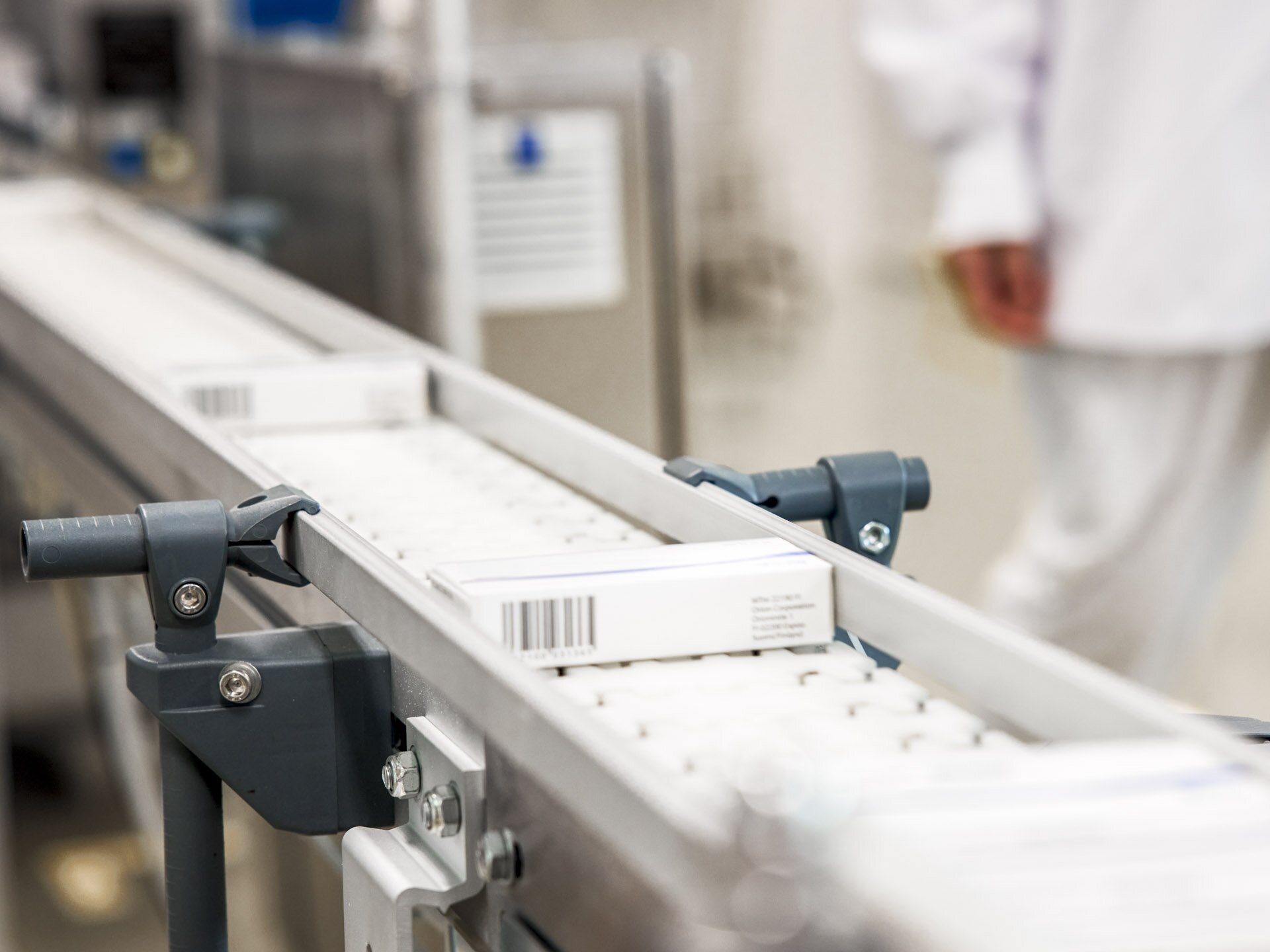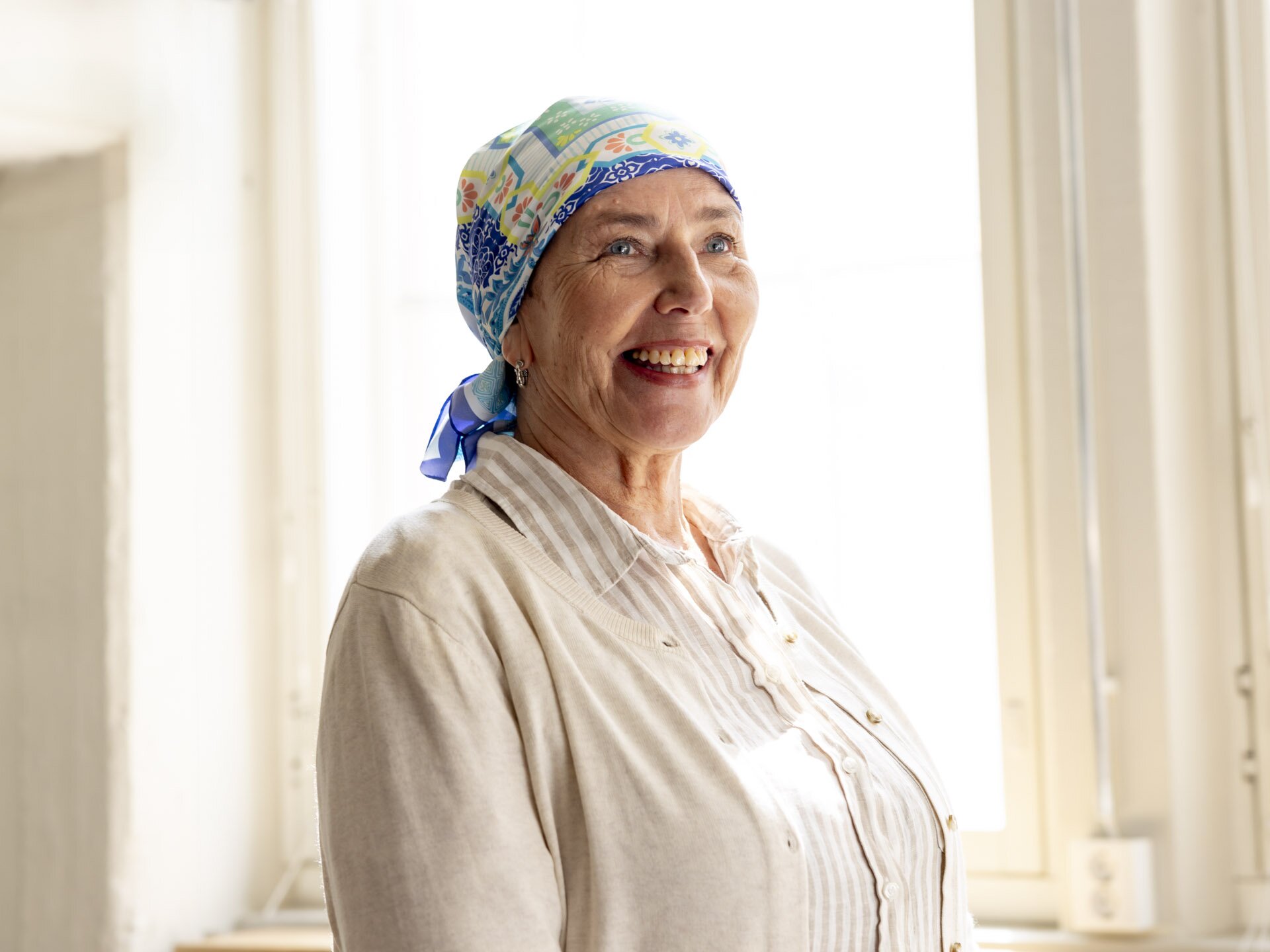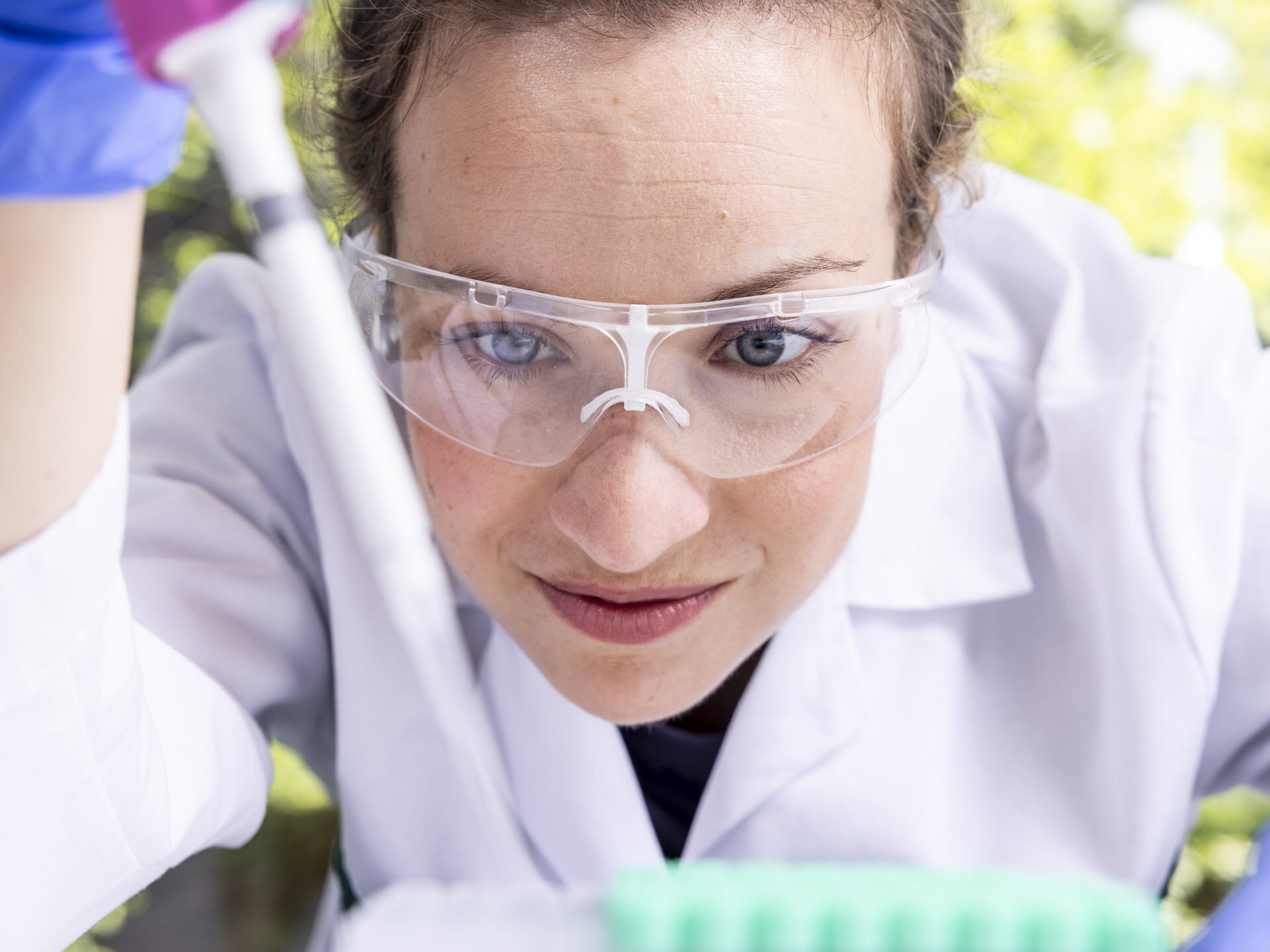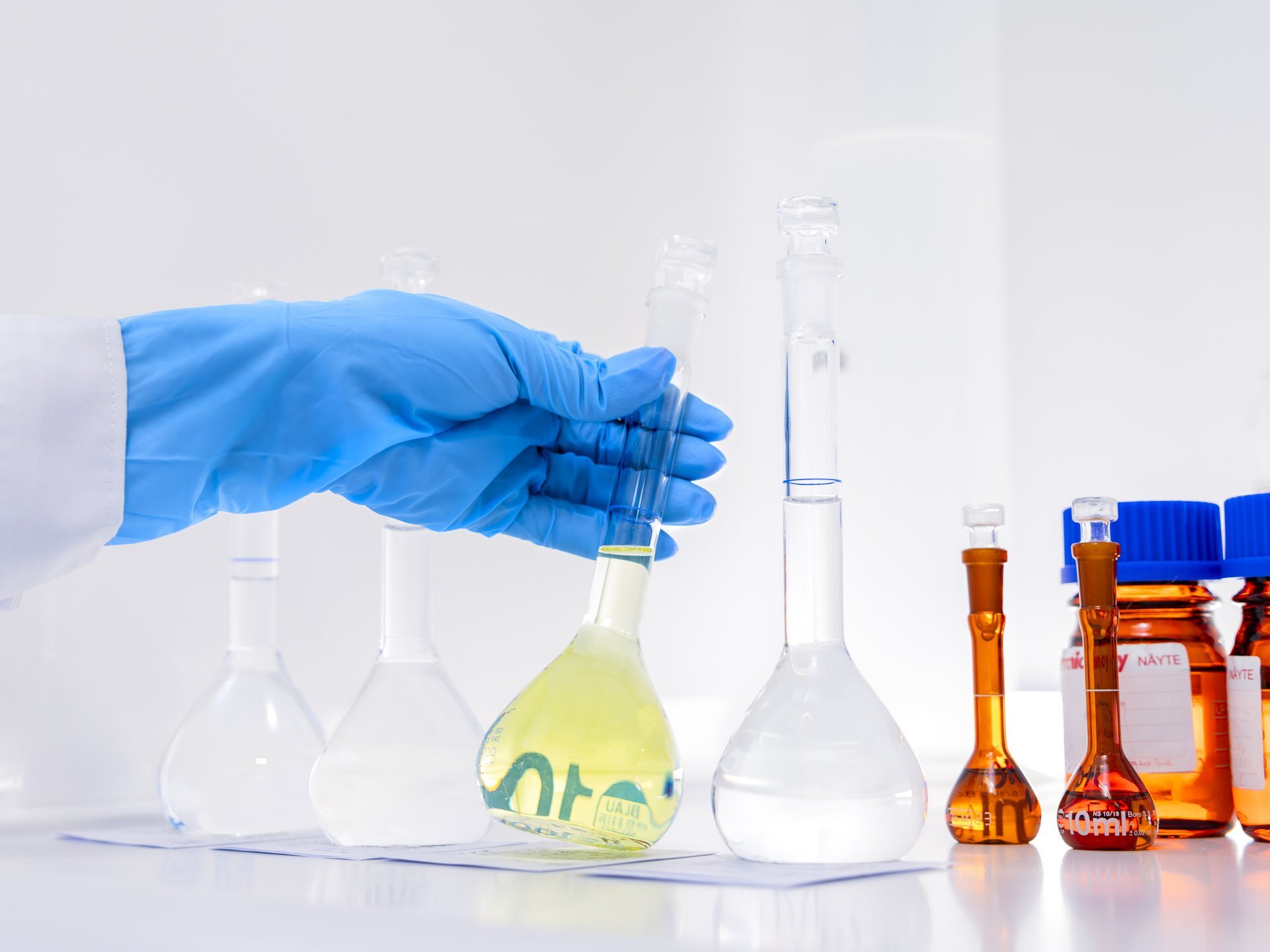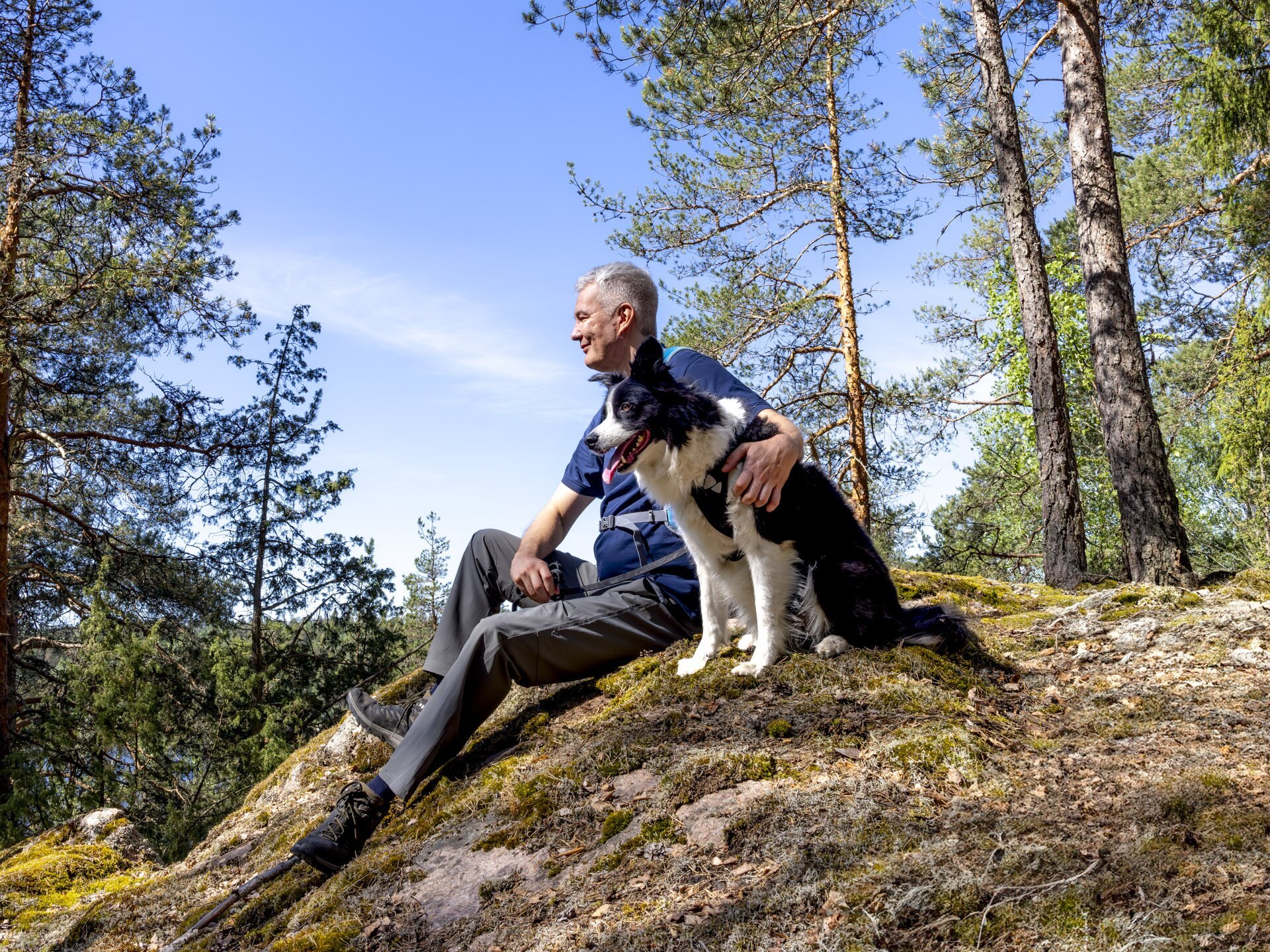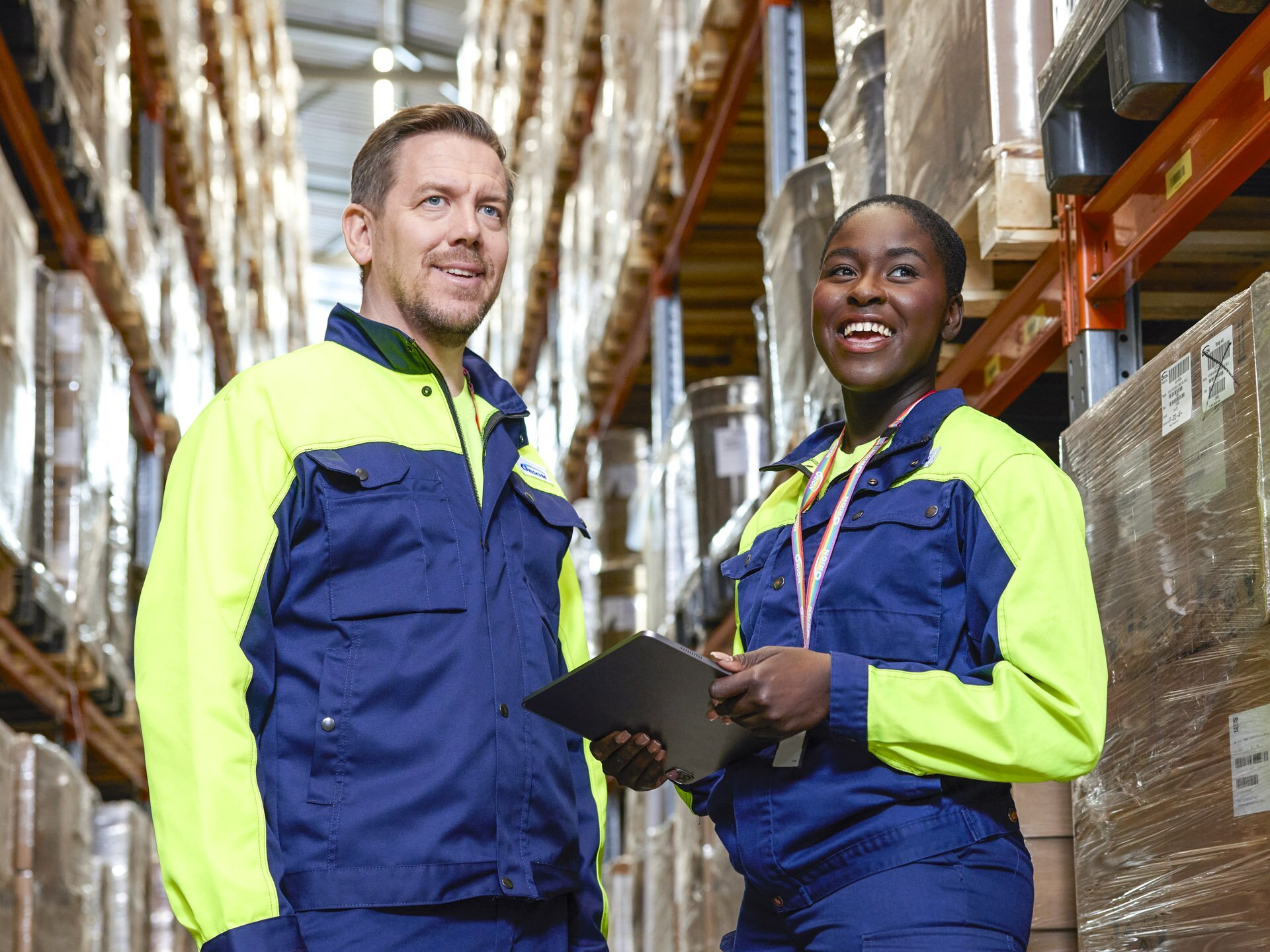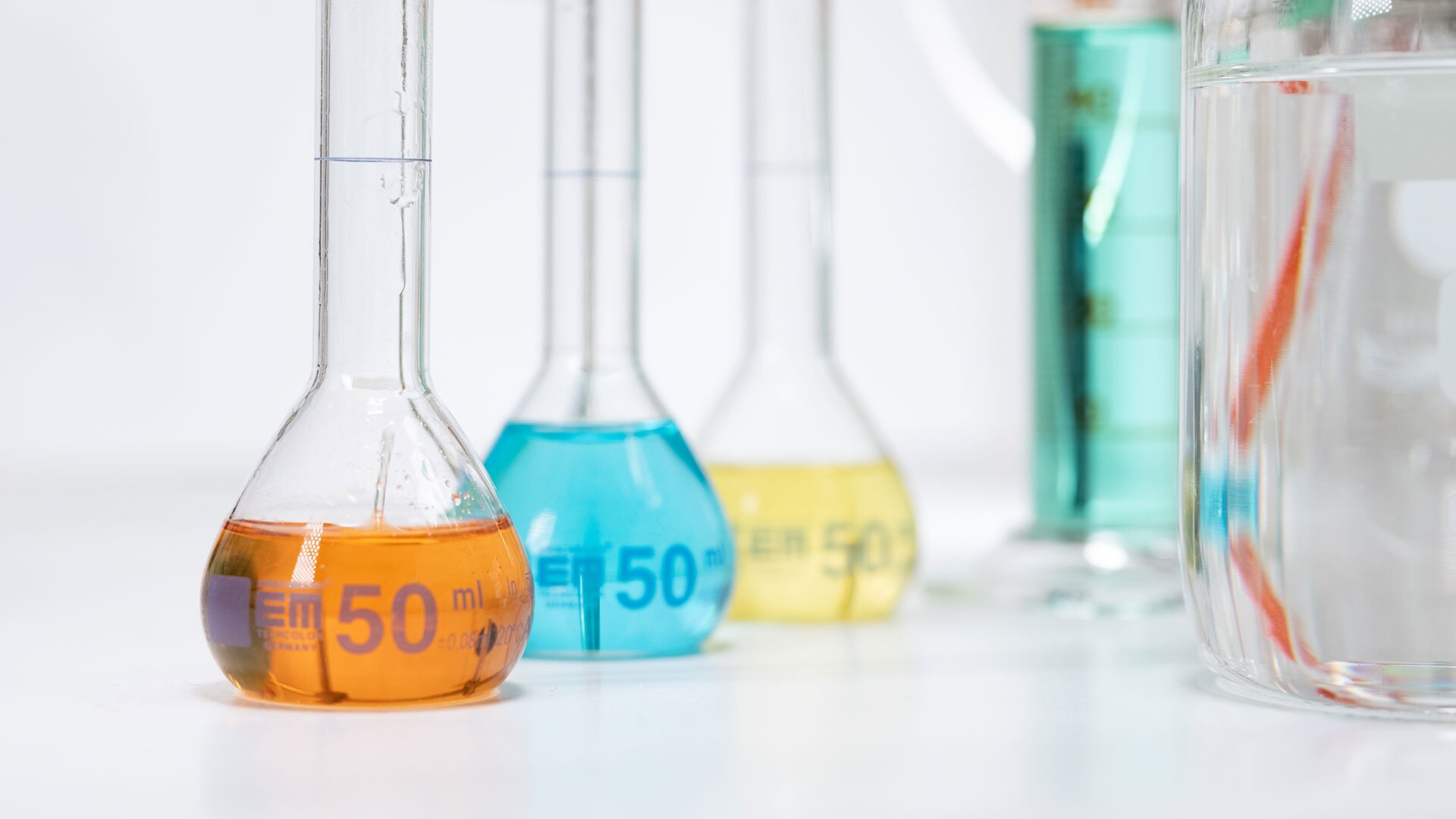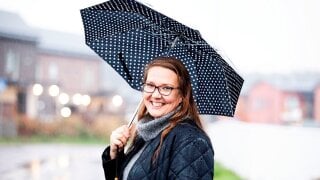Associate Professor Tiina Sikanen’s work serves the purpose of ensuring that medicines are safe and effective for people and harmless for aquatic organisms. The key to this is drug metabolism in humans and fish. Drug metabolism, in other words, their transformation in a living organism, is the central theme of her research.
Tiina Sikanen, who is an internationally respected researcher, received Orion Research Foundation’s special grant of EUR 100,000 on 27 October. It is granted to a researcher who, in addition to producing their own high-standard scientific work, has also highlighted the importance of research.
“I am very surprised and flattered that I have been chosen to receive this award, when you consider the high standard of research that is carried out in the fields of pharmacy and medicine in Finland and internationally,” she says.
In her appearances and publications, she has promoted the public understanding of the environmental risks posed by active pharmaceutical ingredients and the need to reduce these risks among decision-makers, pharmaceutical and healthcare professionals and consumers.
“I want to form an overall idea of how research can provide a better understanding in the future of the environmental impacts and risks associated with pharmaceutical ingredients ending up in the environment.”
Pharmaceutical ingredients do not remain in the body permanently
Tiina Sikanen became interested in the environmental impacts of pharmaceutical ingredients in 2015 when the teaching of pharmacy at the University of Helsinki was being updated also with regard to environmental impacts. She realised that the behaviour of pharmaceutical ingredients in the environment is also closely related to her own research area, drug metabolism. A pharmaceutical is designed to heal, but it does not remain in the human body permanently, as it exits it at some point.
“Metabolism plays a key role in the extent to which fish and aquatic organisms are exposed to drug residues and whether they accumulate in these organisms. This has an impact on the types of adverse effects caused by the drug residues in the fish.”
Sikanen’s research group develops tools for predicting the environmental impacts of pharmaceuticals without using live fish. The study uses in vitro techniques that are also familiar from drug development, i.e. cell research in laboratory conditions. Sikanen develops, in particular, microchip-based methods to study drug metabolism using the enzymes of various animal species or humans. The aim is to create an environment that simulates a living organism as accurately as possible.
Microchips are, in practice, polymer channels to which cells or enzymes, which model the organism’s tissues, are attached.
“The challenge is that traditional cell models do not always reflect the functioning of the tissue of a living person or fish.”
Simulating a living organism
With microchip technologies it is possible to make the models more predictable and accurate. This technique allows cells to be grown in a flow-through environment that simulates a living organism, for example oxygen, nutrients or, perhaps, pharmaceutical ingredients, being transported by blood flow. Cell models are a more ethical method of predicting environmental impacts than using live fish.
Being able to use similar tools cost-effectively in the development of new medicines would be a future breakthrough. This would allow potential new pharmaceutical ingredients to be tested also for their environmental impacts already at the initial stage of the development work. She thinks that it will take at least another 5–10 years before these tools are ready and sufficiently validated for use.
“Another consideration is what kind of opportunities the pharmaceutical industry has for introducing these and what is in it for the industry. The pharmaceutical industry closely complies with authorities’ guidelines, so regulatory requirements have a considerable impact.”
It was only in the early 2000s that environmental risk assessments become part of the marketing authorisation process. Sikanen points out that there are currently thousands of old pharmaceutical ingredients that are in use and we have no idea of their environmental impacts.
“So, a big issue is that we also need to develop the most cost-effective and effective testing methods for the existing pharmaceutical ingredients.”
Multidisciplinary approach offers excellent benefits
Sikanen leads a research group of 10 to 15 persons, depending on the number of students being tutored.
In addition to her research work, she also teaches and tutors younger researchers. She participates in both national and international research projects related to identifying the environmental risks of pharmaceuticals and the early phases of drug development.
She says that she has always worked in multidisciplinary groups of people with different background qualifications. Sikanen’s own education is in two fields: pharmacy and chemistry.
“The ideal situation is when each member of the research group has some special expertise to bring to the table to complement the expertise of others. I have learned that matters make better progress in this type of situation rather than one where everyone is an expert in the same field.”
She thinks it is a good thing if a researcher is able to accept their own ignorance and is receptive to information from others. She says that this is something she is trying to learn herself.
Tiina Sikanen does not have much free time left after work, but her children aged 5 and 10 keep her grounded in everyday life. She says that she has to be flexible sometimes when it comes to her free time if she wants to be involved in several research projects at the same time. However, her natural interest attracts her to the science.
“I always say that, for me, going through research material is a bit like doing crossword puzzles. Going through research results is an enjoyable pastime for me.”
Tiina Sikanen
- Associate Professor, Division of Pharmaceutical Chemistry and Technology, University of Helsinki
- PhD in pharmaceutical chemistry, University of Helsinki, 2007, MSc degree in chemical engineering, Aalto University, 2010
